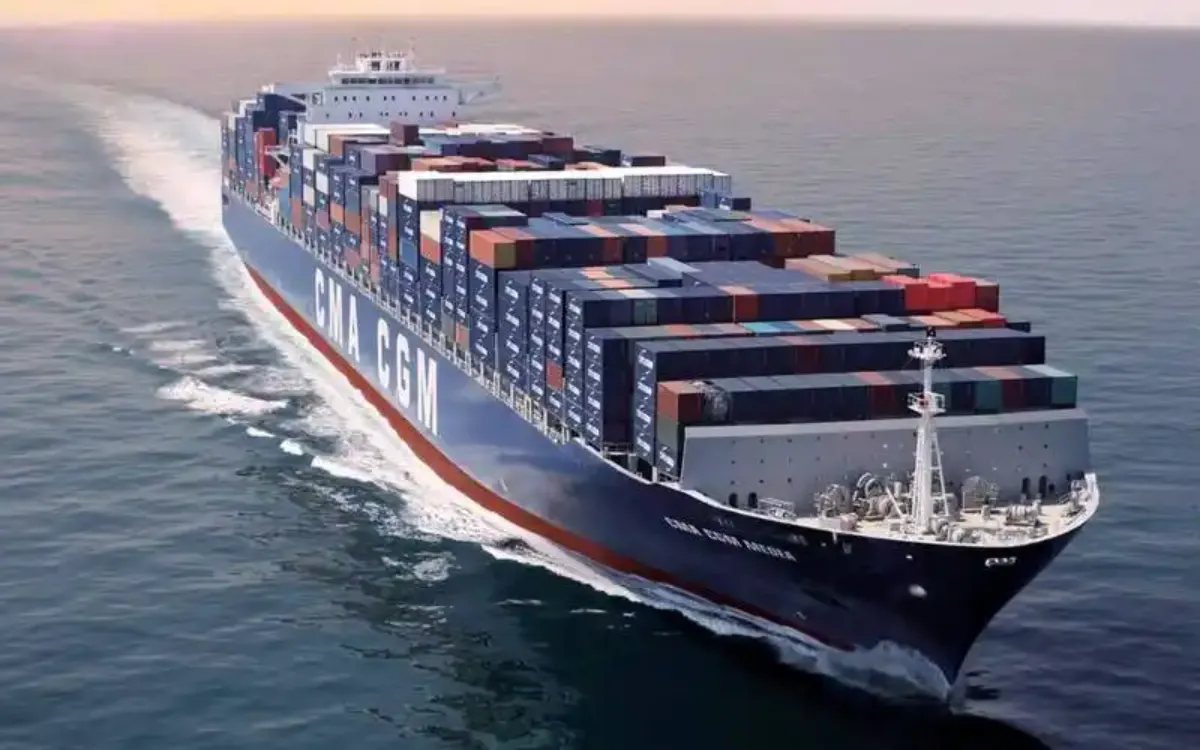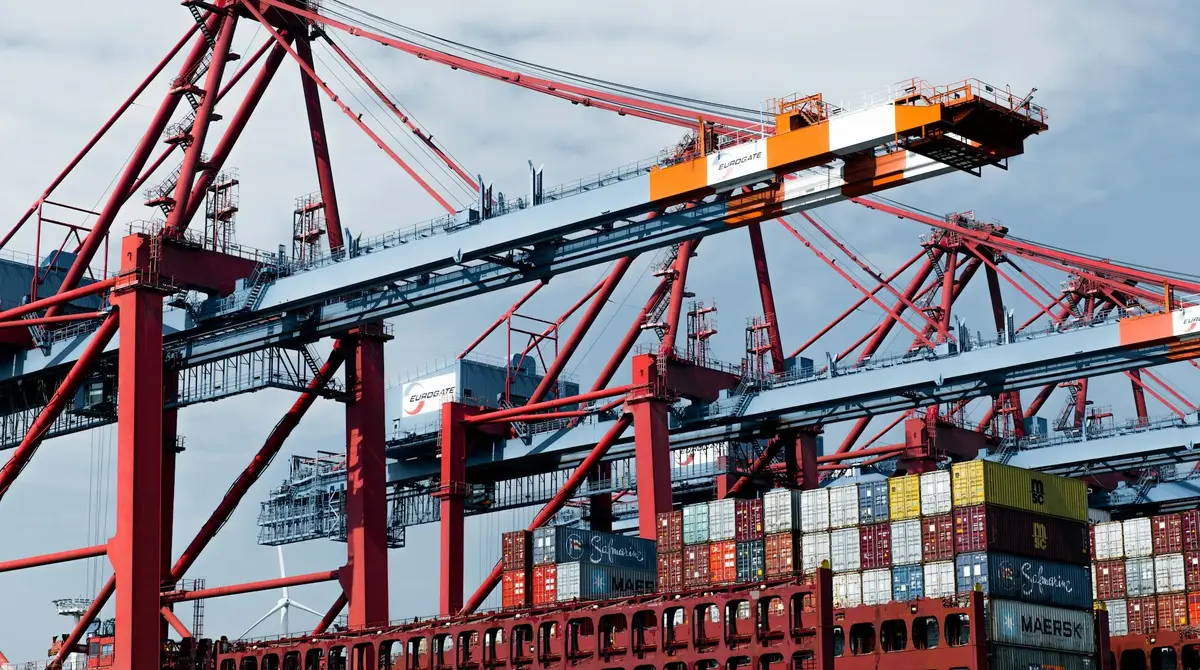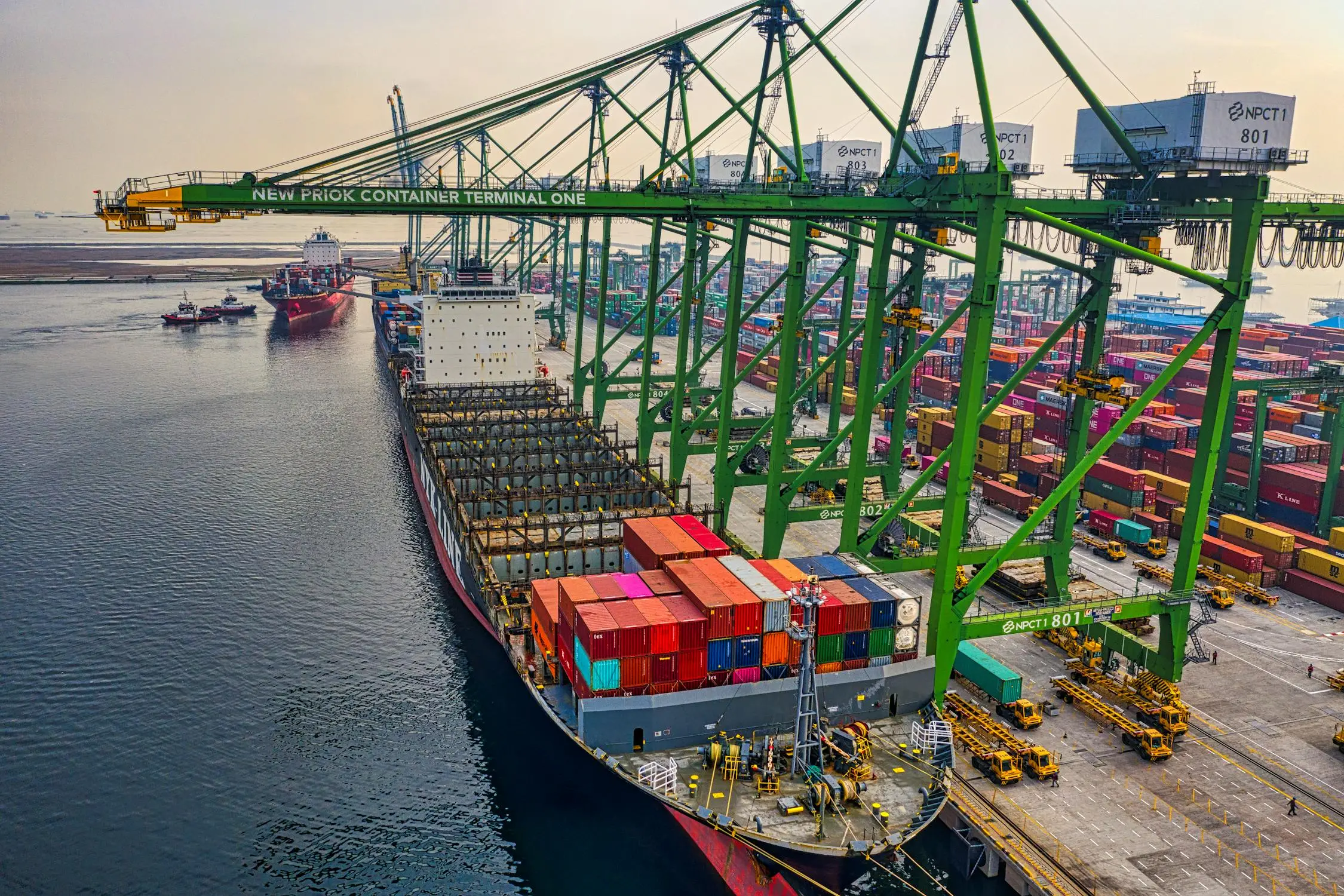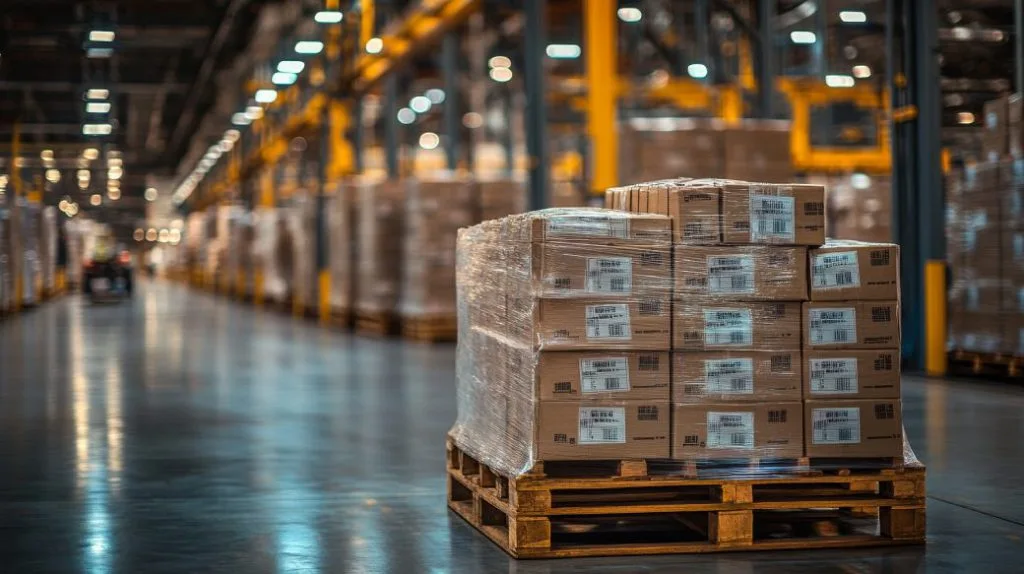
In the intricate world of global logistics, understanding international pallet shipping rates is akin to deciphering a complex matrix. As businesses expand their reach across borders, the ability to navigate this matrix efficiently can mean the difference between profit and loss. Let's embark on a journey to unravel the mysteries of international pallet shipping rates and discover how to optimize your shipping strategy.
The Building Blocks: Fundamentals of International Pallet Shipping
Before diving into the intricacies of rates, it's crucial to understand the foundation of international pallet shipping. Pallets serve as the workhorses of global freight, providing a standardized platform for bundling and moving goods efficiently.
Types of Pallets in International Shipping
The choice of pallet can significantly impact your shipping rates. Common types include:
Wood Pallets: The most traditional and widely used
Plastic Pallets: Durable and often preferred for international shipping due to biosecurity regulations
Metal Pallets: Used for heavy-duty applications
Corrugated Pallets: Lightweight and recyclable
Each type comes with its own cost implications and suitability for different kinds of cargo and shipping routes.
Pallet Sizes and Standards
Pallet dimensions vary across regions, impacting shipping rates and container utilization:
ISO Pallet (1200 x 1000 mm): Standard in Europe
North American Pallet (1200 x 1000 mm): Common in the USA and Canada
Australian Pallet (1165 x 1165 mm): Standard in Australia
Understanding these standards is crucial for optimizing your shipments and managing costs effectively.
The Rate Puzzle: Factors Influencing International Pallet Shipping Rates
International pallet shipping rates are not set in stone. They fluctuate based on a myriad of factors, creating a dynamic puzzle that shippers must constantly solve.
Key Factors Affecting Rates
Distance and Route: The farther the destination, the higher the cost. However, popular routes may offer more competitive rates due to higher volume.
Weight and Dimensions: Heavier and larger pallets naturally cost more to ship.
Mode of Transport: Air freight is generally more expensive than sea freight but offers faster transit times.
Fuel Prices: Fluctuations in fuel costs directly impact shipping rates.
Season and Demand: Peak shipping seasons can lead to rate increases.
The Impact of Global Events
Global events can cause significant shifts in international pallet shipping rates. For instance, the COVID-19 pandemic led to unprecedented disruptions in global supply chains, causing rate volatility and capacity constraints.
The Strategy Board: Optimizing Your Pallet Shipping Costs
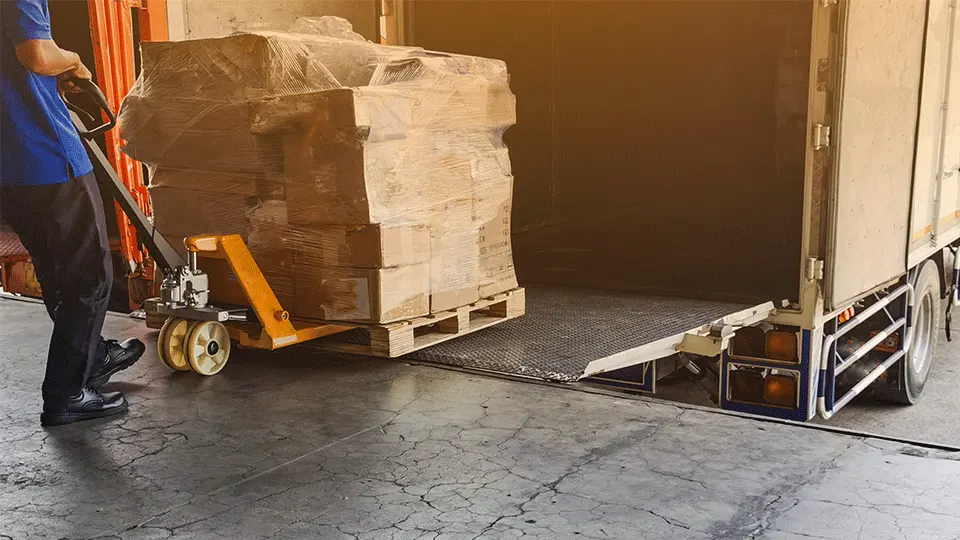
Now that we understand the factors influencing rates, let's explore strategies to optimize your international pallet shipping costs.
Consolidation: The Power of Bulk
Consolidating shipments can lead to significant cost savings. By combining multiple pallets into a single shipment, you can often secure better rates and reduce per-unit shipping costs.
Negotiation: Leveraging Volume and Consistency
For businesses with consistent shipping needs, negotiating long-term contracts with freight forwarders or carriers can result in more favorable rates. Volume commitments can be a powerful bargaining chip.
Timing: Navigating Seasonal Fluctuations
Understanding peak shipping seasons and planning accordingly can help you avoid rate spikes. Consider factors like:
Holiday seasons in different regions
Industry-specific cycles (e.g., fashion seasons, agricultural harvests)
Global trade events and exhibitions
The Technology Edge: Digital Tools for Rate Optimization
In the digital age, technology plays a crucial role in managing and optimizing international pallet shipping rates.
Rate Comparison Platforms
Online platforms that aggregate rates from multiple carriers allow shippers to compare options quickly and find the best deals. These tools often provide real-time quotes, factoring in current market conditions.
Predictive Analytics
Advanced analytics tools can forecast rate trends, helping businesses plan their shipping strategies proactively. By analyzing historical data and market indicators, these tools can provide valuable insights for cost optimization.
The Compliance Compass: Navigating Regulations and Tariffs
International pallet shipping rates are not just about transportation costs. Compliance with regulations and understanding tariffs are crucial for accurate cost estimation and avoiding unexpected expenses.
Customs Duties and Taxes
Different countries have varying customs duties and taxes on imported goods. These can significantly impact the total cost of your shipment. Key considerations include:
Harmonized System (HS) codes for proper classification of goods
Free Trade Agreements that may offer preferential tariff rates
Valuation methods used by customs authorities
Compliance with Packaging and Labeling Regulations
Non-compliance with packaging and labeling requirements can lead to delays and additional costs. Ensure your pallets meet the standards of both origin and destination countries.
The Future Horizon: Emerging Trends in International Pallet Shipping
As we look to the future, several trends are shaping the landscape of international pallet shipping rates:
Sustainability Premiums
With growing emphasis on environmental sustainability, we're seeing the emergence of "green" shipping options. While these may come at a premium, they can offer long-term benefits in terms of brand reputation and compliance with evolving regulations.
Blockchain in Shipping
Blockchain technology is poised to revolutionize rate transparency and contract management in international shipping. This could lead to more dynamic and fair pricing models.
Autonomous Vehicles and Drones
The advent of autonomous vehicles and drones for last-mile delivery could reshape the cost structure of international shipping, potentially leading to new rate models for pallet shipping.
The Expert's Playbook: Tips from Industry Veterans
Drawing from years of experience in navigating the complexities of international pallet shipping rates, industry experts offer these invaluable tips:
"Always look at the total landed cost, not just the freight rate. Hidden charges like handling fees, customs charges, and insurance can significantly impact your bottom line." - Maria Rodriguez, Global Logistics Consultant
"Build relationships with multiple carriers and freight forwarders. Having options gives you leverage in negotiations and ensures you're not overly dependent on a single provider." - John Smith, Supply Chain Director
Charting Your Course: Making Informed Decisions
Mastering international pallet shipping rates is an ongoing journey. As global markets evolve and new technologies emerge, staying informed and adaptable is key to maintaining a competitive edge.
Remember, the lowest rate isn't always the best choice. Consider factors like reliability, transit time, and customer service when making your shipping decisions. A holistic approach that balances cost with performance will serve you best in the long run.
By understanding the factors that influence rates, leveraging technology, staying compliant with regulations, and keeping an eye on future trends, you can navigate the complex matrix of international pallet shipping rates with confidence. Whether you're a small business venturing into global markets or a multinational corporation optimizing your supply chain, these insights will help you make informed decisions and stay ahead in the dynamic world of international logistics.
As you embark on your next international shipment, armed with this knowledge, remember that expertise grows with experience. Each shipment is an opportunity to refine your strategy and optimize your approach to international pallet shipping rates. Happy shipping!
 Easy Shipping From Global, Save Cost
Easy Shipping From Global, Save Cost

